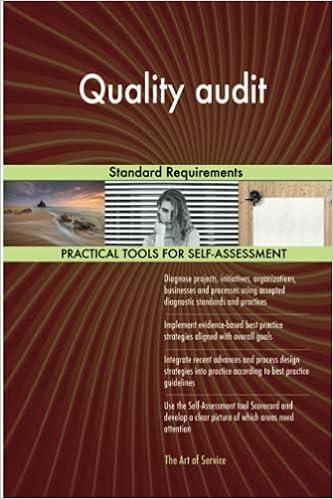Answered step by step
Verified Expert Solution
Question
1 Approved Answer
Assume all figures shown are GST inclusive except for the $80,000 balance in the Allowance for doubtful accounts account. (Note that the $115,000 of expected

- Assume all figures shown are GST inclusive except for the $80,000 balance in the Allowance for doubtful accounts account. (Note that the $115,000 of expected bad debts in part c. is also GST inclusive.)
- Obviously, incorporate GST into parts of the problem, using the GST Clearing account, as needed.
- For part a., round figures to two decimal places. For parts b., c., and d., round figures to the nearest dollar.
- For d., also calculate the average collection period in days and analyse the liquidity of accounts receivable. Assume the collection period in days for the previous year was 100 and that Catu Medicals credit terms allow customers to pay in three monthly instalments. Also, assume the industry average is 90 days. Use 365 days even though 2020 is a leap year.
Step by Step Solution
There are 3 Steps involved in it
Step: 1

Get Instant Access to Expert-Tailored Solutions
See step-by-step solutions with expert insights and AI powered tools for academic success
Step: 2

Step: 3

Ace Your Homework with AI
Get the answers you need in no time with our AI-driven, step-by-step assistance
Get Started


